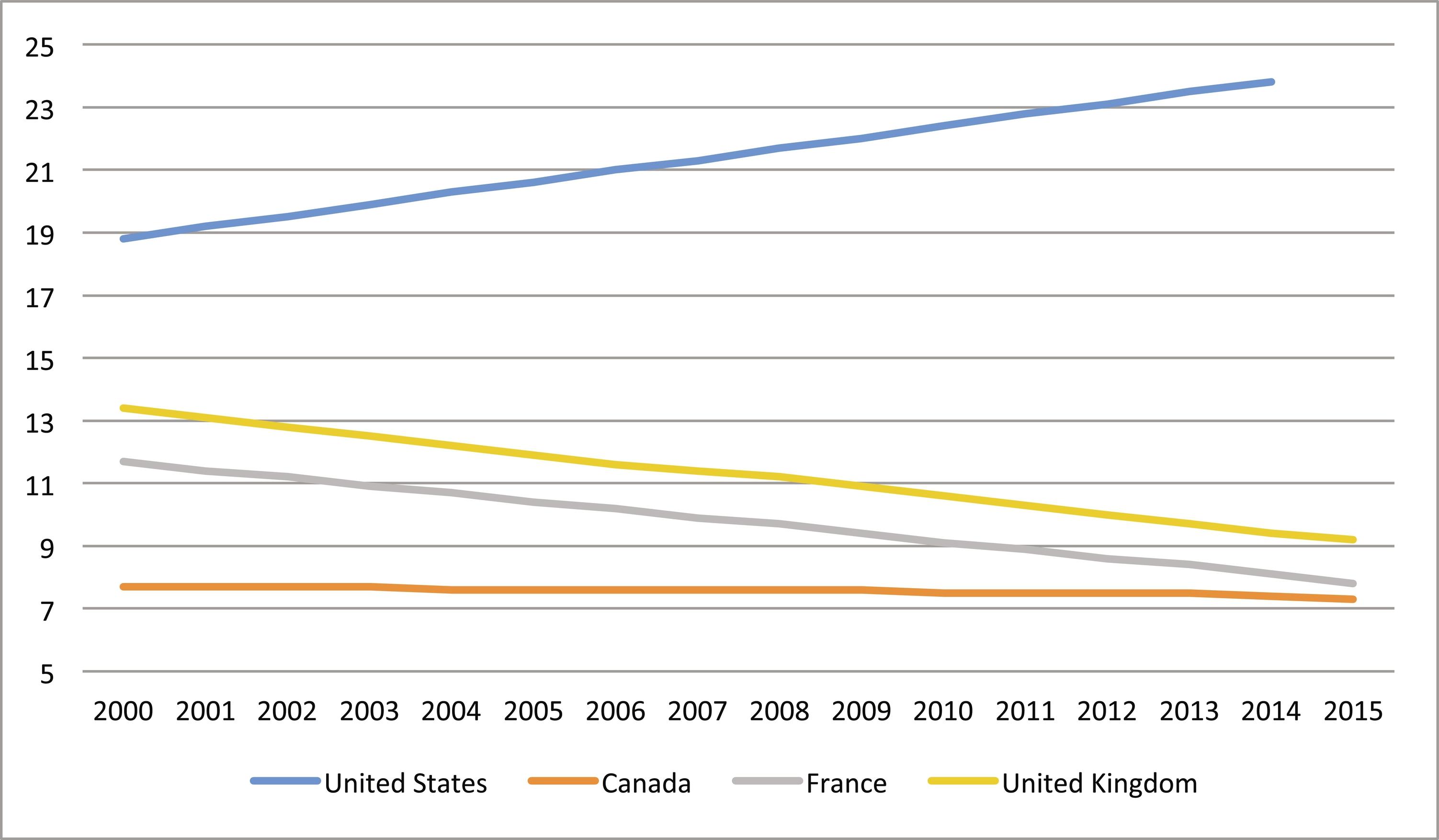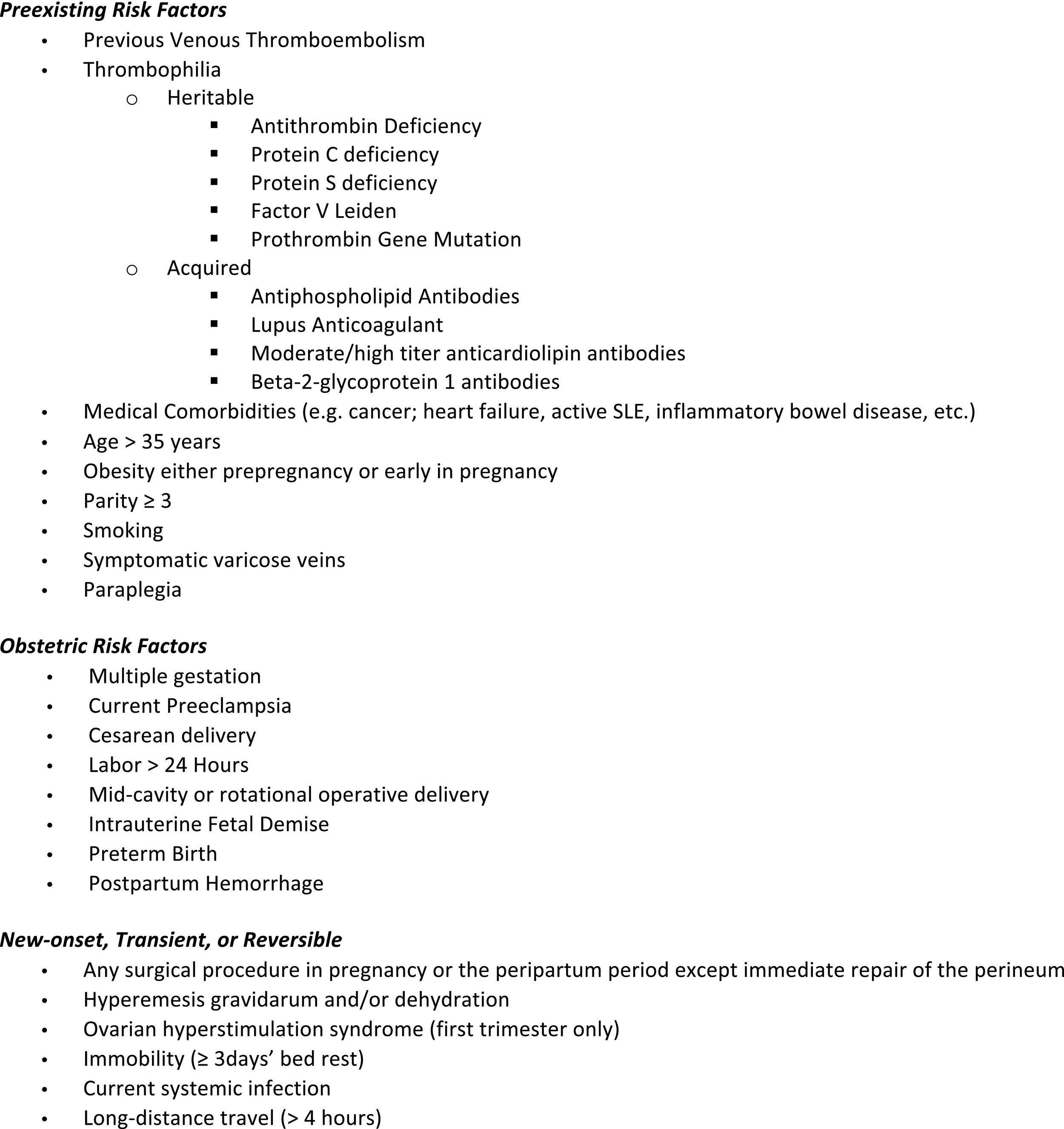Physical Address
304 North Cardinal St.
Dorchester Center, MA 02124
Maternal safety surrounding nonobstetrical surgery, labor, and delivery has been seen as one of the greatest triumphs of 20th century medicine. Within living memory, nearly 1% of women in the United States died during or in the immediate aftermath of childbirth. As recently as 1900, maternal mortality was six to nine per 1000 live births, and of those 1000 births, 100 infants died before the age of 1 year. From 1900 through 1997, maternal mortality declined almost 99%, to less than 0.1 reported deaths per 1000 live births (7.7 deaths per 100,000 live births in 1997). Environmental interventions, improvements in nutrition, advances in clinical medicine, improvements in access to health-care, improvements in surveillance and monitoring of disease, increases in education levels, and improvements in standards of living contributed to this remarkable decline.
However, despite these significant improvements, a startling trend has arisen. Between 2000 and 2014, maternal mortality has steadily risen in the United States; the United States now has the highest maternal mortality among industrialized nations and is one of the only such nations to have a maternal mortality that continues to climb ( Fig. 29.1 ). Clearly, significant preventable causes of maternal death still persist. Here, we attempt to offer recommendations toward what authorities consider best practice in an effort to stem the tide and improve maternal morbidity and mortality in the perioperative and peripartum periods.

Since 1952, the most thorough and reliable data on maternal mortality have come from the Confidential Enquiry into Maternal Death, now called Confidential Enquiry into Maternal and Child Health (CEMACH), and the Centers for Disease Control’s Maternal Mortality Survey. However, more recent data are available from the World Health Organization, with the most recent period covering data from 2003–2009 ( Fig. 29.2 ). The WHO reviewed a total of over 60,000 deaths from 115 countries. Among both developed and developing countries, obstetric hemorrhage remains the most common direct cause of maternal death, with rates of 16.3% and 27.1% of deaths respectively. The majority of hemorrhage deaths continue to occur in the postpartum period and do not appear to be decreasing in frequency worldwide. In developed nations, embolic events were the second-leading direct cause of death with hypertensive diseases third (13.8% and 12.9% respectively), and in developing regions, hypertensive diseases and sepsis (14% and 10.7%) were second and third. In both developed and d;eveloping regions, indirect causes of maternal death, primarily preexisting medical conditions, comprise a large proportion of all deaths (24.7% and 27.5% respectively).

Serious anesthesia-related complications are thankfully rare in the perioperative and peripartum period. Historically, perioperative mortality fell significantly through the 1980s and 1990s, although it regressed slightly in the beginning of the 2000s to a rate of about 1 in 20,000. The overwhelming majority of these deaths were a result of failures in airway management: unidentified esophageal intubation and hypoventilation. Obesity, aspiration, and the lack of capnography were commonly associated with these deaths.
With the expansion of regional anesthesia use in these patients, the risk of anesthesia mortality has decreased significantly. The Society for Obstetric Anesthesia and Perinatology’s Serious Complications Repository Project reviewed more than 257,000 anesthetics between 2003 and 2009 and identified 157 serious complications, 85 of which were deemed to be anesthesia-related ( Fig. 29.3 ). No anesthesia-related deaths were reported in this group; however, comparatively common severe complications included failed intubation, with an incidence of 1:533 and high neuraxial block, with an incidence of 1:4336. Other routinely discussed complications of obstetric anesthesia were significantly less common: serious neurologic injury, with an incidence of 1:35,923, epidural abscess/meningitis, with an incidence of 1:62,866, and epidural hematoma, with an incidence of 1:251,423 are all comparatively rare.

Pregnancy and its hormonal changes are known to promote coagulation. Clotting factors increase with gestational age and, together with rapid myometrial contraction at delivery, help prevent excessive blood loss. Platelet production, consumption, and activation increase. Thromboelastography demonstrates accelerated clot formation, which further increases the risk of thromboembolism in pregnancy. Risk factors associated with maternal thromboembolism include older age, immobility, prolonged travel, surgery, family history, patient history, oral contraceptive use, and obesity. Risk factors for thromboembolism in pregnancy are outlined in Fig. 29.4 .

With the continually significant risk of embolic disease in pregnant patients, recent recommendations have widely expanded the use of thromboprophylaxis; the California Maternal Quality Care Collaborative’s Maternal Venous Thromboembolism Toolkit recommendations include significant expansions in the use of prophylactic and therapeutic heparins in the antepartum, peripartum, and postpartum periods.
Thrombophilia is emerging as an important cause of maternal thromboembolic risk. It is found in up to 17% of white North Americans. Thrombophilia can be divided into three general categories: familial, acquired, and mixed. Familial causes include protein C, protein S, and antithrombin III deficiencies, as well as factor V Leiden and prothrombin gene polymorphism. Conditions that increase the risk of thrombophilia include antiphospholipid antibodies and lupus anticoagulant. Mixed thrombophilia risk includes methylene tetrahydrofolate reductase polymorphism and hyperhomocysteinemia. Genetic thrombophilia is associated with other complications of pregnancy such as gestational hypertension, intrauterine growth restriction (IUGR), placental abruption, and stillbirth. In one study, 52% of women with severe gestational hypertension and associated problems also had thrombophilia. Preventing these thrombophilia-related side effects has proven to be difficult; antepartum dalteparin prophylaxis has shown no effect in preventing thromboembolic events, pregnancy loss, or placenta-mediated pregnancy complications in patients with thrombophilia in pregnancy.
Chronic hypertension complicates between 1% and 5% of pregnancies. It is defined as a blood pressure greater than 140/90 mmHg that either predates pregnancy or develops before 20 weeks of gestation. Gestational hypertension develops after 20 weeks of gestation and complicates between 5% and 10% of pregnancies. Gestational hypertension may reflect a familial predisposition to chronic hypertension or it may be an early manifestation of preeclampsia.
Preeclampsia is the most common disease that is unique to human gestation, occurring in 6% to 8% of pregnancies. In developed regions 12.9 % of deaths and 14% in developing regions were attributable to hypertensive disorders of pregnancy, most commonly preeclampsia. Diagnostic criteria are listed in Fig. 29.5 and include hypertension and symptoms of end-organ dysfunction.

The etiology is unknown, but the defining feature of preeclampsia is vasospasm affecting organs throughout the body. Cellular damage can be seen in endothelium, platelets, and trophoblasts. Vasoactive amines and prostaglandins are then released. Blood vessel narrowing and decreased elasticity are associated with increased vascular resistance. Women who become preeclamptic, unlike those with a normal pregnancy, do not lose sensitivity to angiotensin and catecholamines. Uterine Doppler studies show evidence of high vascular resistance and flow abnormalities.
An immune reaction involving trophoblast material and basement membrane, prostacyclin imbalance, and vascular nitric oxide dysfunction have all been suggested as important parts of the puzzle. A genetic analysis of its aspects is underway. General risk factors for the development of gestational hypertension can be found in Table 29.1.
As hypertensive disorders of pregnancy remain a significant cause of maternal morbidity and mortality, significant efforts have been made to improve, standardize, and expand appropriate and early care for gestational hypertension and preeclampsia. Core to these efforts are to standardize antepartum care and to monitor closely those at elevated risk of preeclampsia, early evaluation and treatment of all hypertension in pregnancy, early implementation of magnesium sulfate therapy for the treatment of preeclampsia, and improved education for patients and health-care professionals in both identification and treatment strategies.
Obstetric maternal monitoring should be done in all women with gestational hypertension and preeclampsia. The aim in gestational hypertension is to watch for progression to preeclampsia and to treat as early as possible. In women with severe features of preeclampsia, the goal is to detect and avoid organ dysfunction.
Antepartum outpatient management of preeclampsia can be considered for select patients without severe features who have access to routine follow-up appointments, can adhere to their treatment plan, and have demonstrated fetal wellbeing and maternal stability. The fetus should be evaluated routinely (at least twice per week) by nonstress test or biophysical profile, and the mother should have routine blood pressure evaluation and laboratory studies, including complete blood count with platelet count, aspartate aminotransferase (AST), alanine aminotransferase (ALT), lactate dehydrogenase (LDH), and serum creatinine.
Management of patients with preeclampsia at term, preeclampsia with severe features, or patients with worsening disease demands immediate hospitalization. Patients with preeclampsia without severe features are routinely delivered at 37 weeks. Patients with severe features who have reached 34 weeks’ gestation are also routinely delivered; patients who are less than 34 weeks are typically monitored as inpatients with close observation, the goal being to postpone delivery until 34 weeks.
The use of magnesium sulfate is considered a best practice for the control of seizures in preeclampsia and eclampsia. The MAGPIE Trial (Magnesium Sulfate for the Prevention of Eclampsia), a large, worldwide, placebo-controlled study, looked at this drug’s effectiveness (see Fig. 29.10 , later) The nearly 10,000 women in 33 countries who were recruited had exhibited at least two blood pressure readings of greater than 140/90 and had at least 1 + proteinuria. Of these, 4999 received an intravenous (IV) loading dose of 4 g and then maintenance dosages of 1 g/h intravenously or 5 g intramuscularly every 5 hours, and 4993 women received a placebo. There were fewer eclamptic seizures among women given magnesium sulfate than among those receiving placebo (40 [0.8%] vs 96 [1.9%]). Maternal mortality was lower among women given magnesium sulfate than among those given placebo (11 [0.2%] vs 20 [0.4%]). Of interest, one-third of the patients in this trial received nifedipine while receiving magnesium, and the rates of hypotension among these women were not higher than the rates seen in the placebo group.
Hydralazine given intravenously had been recommended for over 30 years to control severe hypertension in pregnancy. However, in 11 trials involving 570 participants, hydralazine was compared with other antihypertensives for controlling severe hypertension in pregnancy. The authors found that parenteral hydralazine is not the drug of first choice for acute severe hypertension later in pregnancy because it is associated with more maternal and perinatal adverse effects than other drugs, particularly IV labetalol or oral or sublingual nifedipine. The trials compared IV hydralazine with other antihypertensives such as IV labetalol or oral sublingual nifedipine. Labetalol and nifedipine compared with hydralazine caused less hypotension, fewer cesarean sections, less placental abruption, and fewer low Apgar scores. Hydralazine was 3.2 times more likely to be associated with maternal hypotension than labetalol and nifedipine. Neonatal bradycardia was more common in the labetalol group, but only one neonate required treatment. A clinical advantage of nifedipine is that it is given by mouth; nursing staff may give it on an as-needed basis (every 30 minutes). Caution is advised because an interaction between calcium channel blockers and magnesium sulfate has been reported to produce profound maternal muscle weakness, as well as maternal hypotension and fetal distress.
Clonidine and prazosin have been used with good results for preeclampsia, but no large clinical trials are available. Sodium nitroprusside (SNP) infusions have been recommended for acute hypertensive crisis and to attenuate or treat hypertension associated with the induction and emergence of general anesthesia. It is rapid acting and somewhat unpredictable, usually requiring an intra-arterial catheter to avoid overshoot. Although effective, SNP is associated with cyanide toxicity in large doses.
Newer drugs may have a significant role to play in managing hypertensive emergencies in the pregnant patient. Nicardipine has been used as a replacement for SNP; it is a short-acting dihydropyridine calcium channel blocker given by IV infusion. Although there were originally concerns that adding nicardipine to magnesium may precipitate significant refractory hypotension, recent studies have not shown this to be the case. Clevidipine is a newer intravenous calcium channel blocker with similar action to nicardipine; however, specific studies in pregnancy are lacking.
Become a Clinical Tree membership for Full access and enjoy Unlimited articles
If you are a member. Log in here